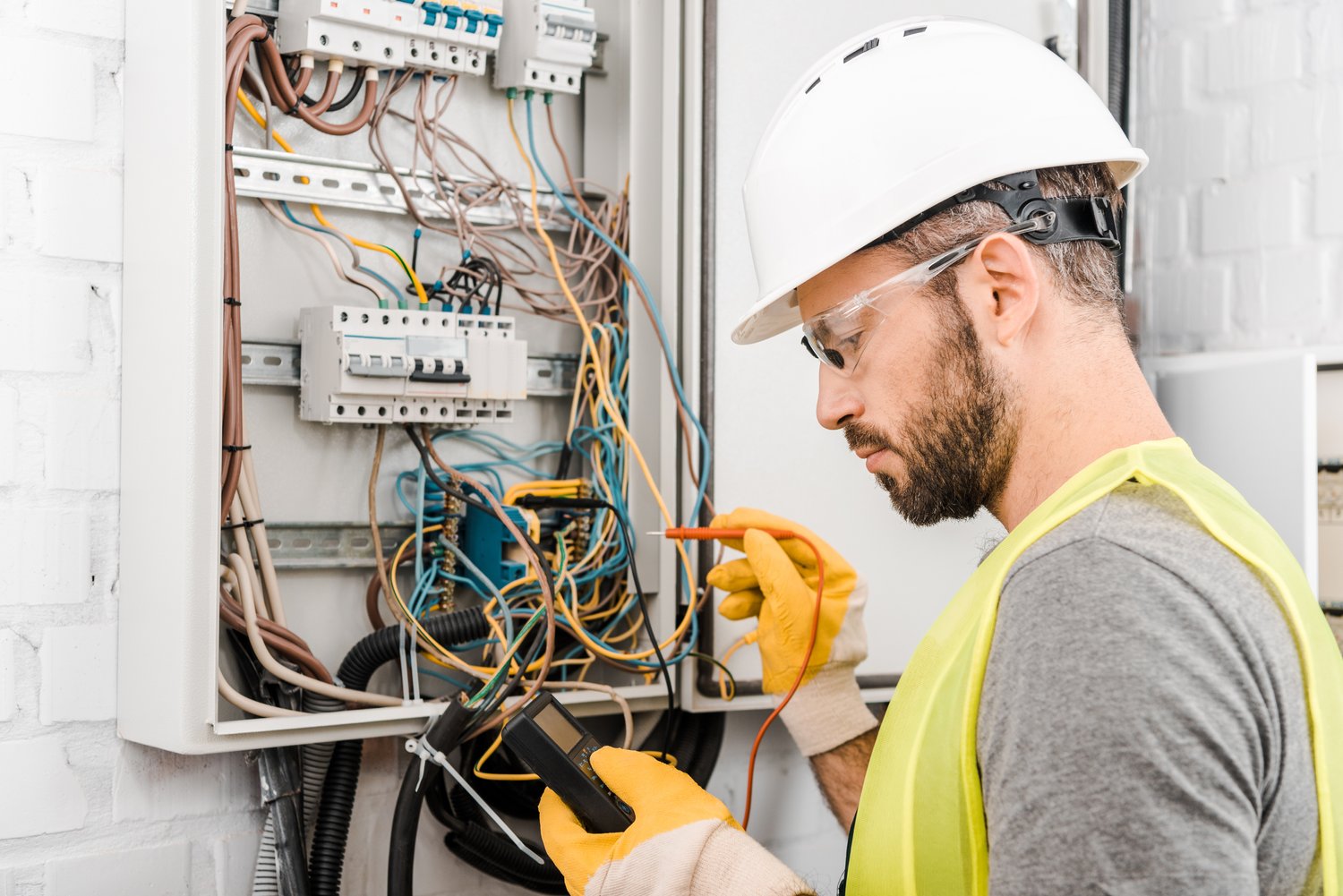The electrical panel is the command center of your home’s electrical system, yet many homeowners feel intimidated when faced with this metal box of mysteries. Understanding how your electrical panel works is not just about convenience when the lights go out—it’s a matter of safety. This comprehensive home electrical panel guide will walk you through the differences between circuit breakers and fuses, explain how to safely reset a tripped breaker, help you identify electrical circuits, and clarify when it’s time to call a professional electrician rather than attempting DIY repairs.
What Is an Electrical Panel and Why Does It Matter?
Your home’s electrical panel, sometimes called a breaker box or fuse box, is the central distribution point for electricity throughout your house. It receives power from your utility company and divides it into individual circuits that power different areas of your home. Understanding this critical component is essential because it contains the main safety devices that prevent electrical overloads, which can cause fires or damage to your appliances. A well-maintained panel ensures your home receives consistent power while providing protection against potential electrical hazards. When issues arise with your electrical system, the panel is typically the first place to check, making it an essential part of your home maintenance knowledge.
Circuit Breaker vs. Fuse: Understanding the Differences
If your home was built within the last few decades, you likely have circuit breakers rather than fuses. The circuit breaker vs. fuse distinction is important for homeowners to understand. Fuses, which were common in older homes, are single-use protective devices that contain a metal wire that melts when too much current flows through it. Once a fuse blows, it must be replaced entirely. Circuit breakers, on the other hand, are reusable switches that trip when they detect an overload, cutting power to protect the circuit. They can simply be reset after the problem is resolved, making them more convenient and cost-effective in the long run. Modern circuit breakers also offer more sophisticated protection features, including ground fault circuit interrupters (GFCIs) and arc fault circuit interrupters (AFCIs) which provide additional safety against electrical shocks and fire hazards.
How to Safely Reset a Tripped Breaker
When a circuit breaker trips, it’s telling you there’s a problem that needs attention. To reset tripped breaker safely, first turn off or unplug appliances on the affected circuit to reduce the load. Next, locate your electrical panel and open the door to reveal the breakers. Look for a breaker that has moved to the “off” position or is sitting between “on” and “off.” Firmly push the breaker to the “off” position, then switch it back to “on.” If the breaker trips again immediately, there may be a short circuit or ground fault that requires professional attention. Attempting to repeatedly reset a continuously tripping breaker can be dangerous and may indicate a serious electrical issue. As professionals at AskHomey often advise, persistent electrical issues should be evaluated by a licensed electrician to prevent potential fire hazards or damage to your electrical system.
How to Identify Electrical Circuits in Your Home
One of the most useful skills for a homeowner is knowing how to identify electrical circuits in their panel. Start by creating a circuit map of your home. With another person’s help, turn on lights and appliances throughout your house. Then, switch off one breaker at a time and note which lights or outlets lose power. Label each breaker clearly with the corresponding rooms or appliances it controls. This process not only helps during emergencies but also when planning renovations or installations that require electrical work. Modern panels should have a circuit directory on the inside of the panel door, but these are often outdated or incomplete. Taking the time to accurately map your circuits can save you significant frustration when electrical issues arise.
Warning Signs: When to Call an Electrician Panel Issues
While some electrical tasks can be handled by homeowners, there are clear instances when to call electrician panel specialists. Warning signs include frequent breaker trips, buzzing or sizzling sounds coming from the panel, warm or discolored breakers, burning smells, rust or moisture inside the panel, or flickering lights throughout your home. Additionally, if you have an older fuse box or a panel manufactured by Federal Pacific Electric, Zinsco, or certain ITE/Pushmatic models, professional evaluation is recommended as these have been associated with safety concerns. Panels typically last 25-40 years, so homes built before 1990 may be due for an upgrade. Finally, any time you’re planning a major renovation or adding significant new electrical loads like an EV charger or hot tub, consult with a professional to ensure your panel can handle the increased demand.
Maintaining Your Electrical Panel for Safety and Efficiency
Regular maintenance of your electrical panel can prevent many common issues. Keep the area around your panel clear and accessible at all times, with at least three feet of clearance. Visually inspect your panel annually for signs of rust, corrosion, or pest intrusion. Test your GFCIs monthly by pressing the “test” button and ensuring they trip appropriately. Consider having a professional inspection every 3-5 years, or more frequently for older homes. During these inspections, electricians can identify potential problems before they become dangerous, tighten connections that may have loosened over time, and ensure your panel meets current safety codes. This preventative approach not only keeps your home safer but can also improve energy efficiency and extend the life of your electrical system.
For more tips and to connect with reliable home service professionals, follow AskHomey on Facebook and Instagram.



